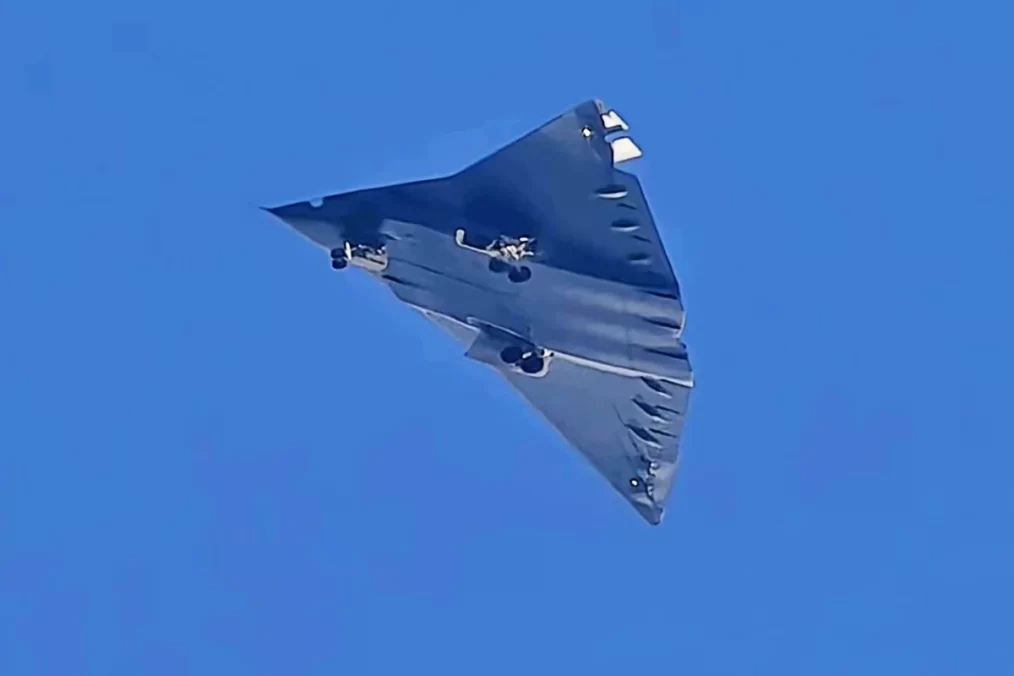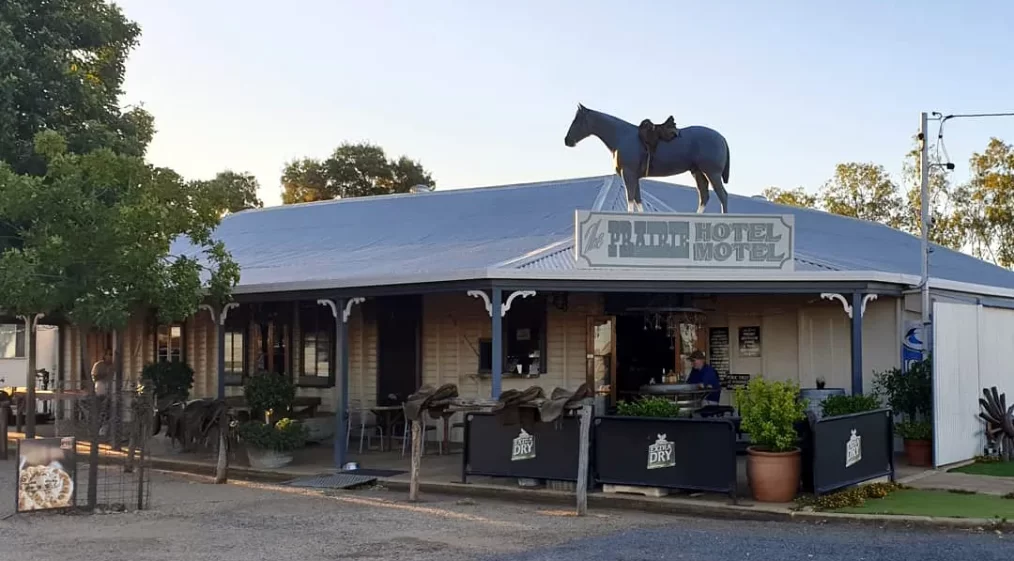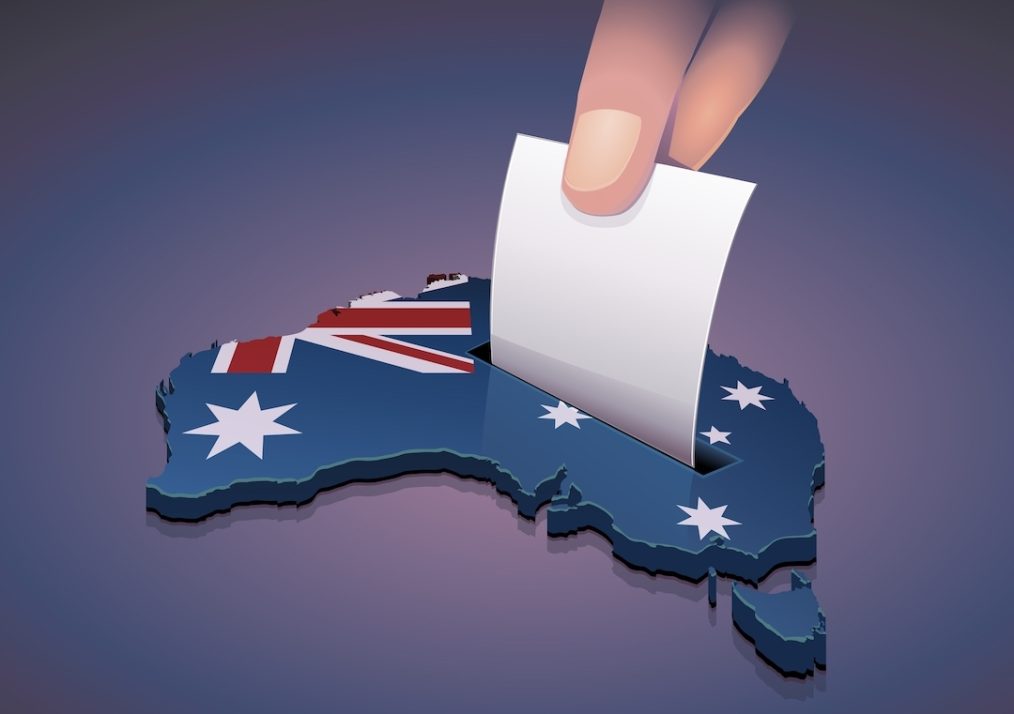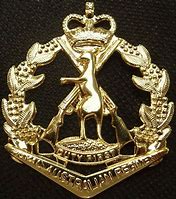Air & Space Forces Association’s Warfare Symposium – Release
 China’s latest fighter jet has become a focal point of discussion at a major American defence conference, prompting renewed urgency among US military leaders to advance their own sixth-generation stealth combat aircraft.
China’s latest fighter jet has become a focal point of discussion at a major American defence conference, prompting renewed urgency among US military leaders to advance their own sixth-generation stealth combat aircraft.
The issue took centre stage at the annual Air & Space Forces Association’s Warfare Symposium, held in Colorado from March 18-20. Senior US Air Force officials voiced concerns over China’s rapid advancements in aerial warfare and debated the future of America’s Next Generation Air Dominance (NGAD) program, a multi-billion-dollar initiative aimed at developing the next evolution of air superiority fighters.
China’s Breakthrough Raises Alarms
US military officials are closely monitoring China’s latest stealth fighter, believed to be a sixth-generation aircraft designed to counter American air superiority in potential future conflicts. While details on the Chinese aircraft remain classified, analysts suggest it incorporates advanced stealth, artificial intelligence (AI)-assisted combat systems, and networked capabilities—features also central to the US NGAD program.
During a panel discussion at the symposium, US Air Combat Commander General Kenneth Wilsbach acknowledged the urgency of responding to China’s advancements.
“We have some choices to make as we observe what China has produced, and we can presume we know what that’s for – for air superiority,” Wilsbach stated, according to Defence One.
His remarks underscored growing concerns within the Pentagon that China is closing the technological gap in air warfare, potentially challenging US dominance in the skies.
The Status of the NGAD Program
The NGAD program is the Pentagon’s ambitious plan to develop a next-generation fighter jet to replace the F-22 Raptor and ensure continued US air superiority. Initially conceived as a highly advanced, multi-role combat system with manned and unmanned components, the program has faced obstacles, including budget constraints, technical hurdles, and strategic debates over its necessity.
Last year, the program was paused as military planners reassessed its feasibility and cost. However, China’s latest breakthrough may force Washington to accelerate its timeline.
According to US Air Force Secretary Frank Kendall, the NGAD program remains a top priority but must align with real-world threats and fiscal realities.
“We must ensure that our investments in next-generation air dominance are strategically sound and provide the US with a decisive advantage,” Kendall stated at the symposium.
The Strategic Implications
China’s air force has made significant strides in recent years, with its fifth-generation J-20 stealth fighter already in service and undergoing upgrades. If China has successfully developed a true sixth-generation aircraft, it could tip the balance in the Indo-Pacific region, where tensions over Taiwan and the South China Sea continue to escalate.
The US, meanwhile, is under pressure to maintain its edge. Defence analysts argue that if the NGAD program remains stalled or delayed, America risks falling behind in a critical area of modern warfare.
With heightened geopolitical tensions and a rapidly evolving threat landscape, the US military may soon have to make tough decisions about the future of its next-generation fighter jet program—before it’s too late.











